“With its untouched beaches, patchworks of rice paddies, rustic cabanas and thatched roof huts, Comporta is the ideal destination for those looking to wander off course. Welcome to the blissful beauty of simplicity” Carlos Souza & Charlene Shorto
For many decades, Comporta has been one of Portugal’s best-kept secrets, but in the last few years, this charming coastal town has become the place jet-setters are praising about.
This rice-farming village has attracted a demanding clientele who enjoys the simplicity and raw beauty that Comporta offers. Christian Louboutin, Jacques Grange or Philippe Starck are some of the happy few who own houses here.
Fortunately, the arrival of those high-profile visitors doesn’t seem to have altered Comporta’s character. The low-key village is plain rather than pretty, but it has a setting unlike anywhere else.

” Comporta is the new place everybody has their eyes on” enthuses the well-travelled Carlos Souza. “It’s like St.-Tropez in the 1960s, Ibiza [in the ’90s]; it’s very, very laid-back, really incredible” Carlos Souza and Charlene Shorto share their love for Comporta in this must-have book, recently published by Assouline.
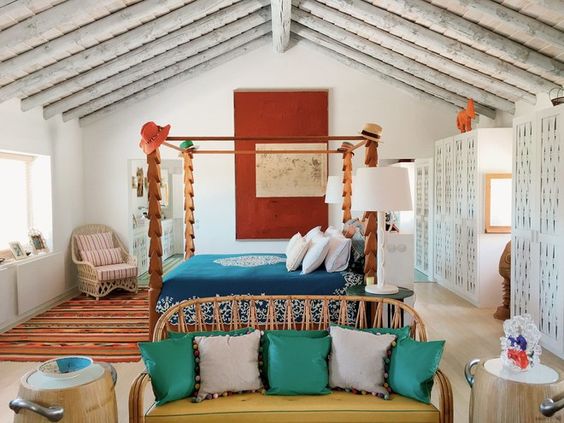 Chez Suzanne Syz. Comporta Bliss by Carlos Souza and Charles Shorto – Assouline (via Vogue)
Chez Suzanne Syz. Comporta Bliss by Carlos Souza and Charles Shorto – Assouline (via Vogue)
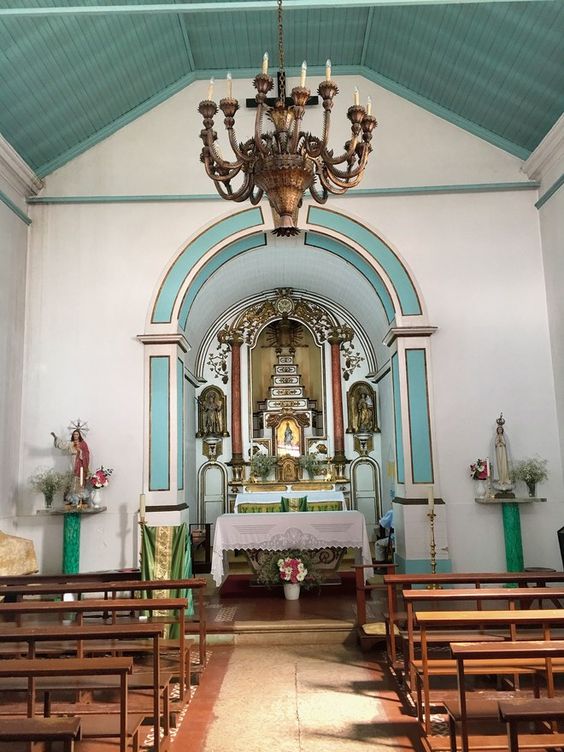 A chapel on Pedro Espirito Santo’s estate. Comporta Bliss by Carlos Souza and Charles Shorto – Assouline ( via Vogue)
A chapel on Pedro Espirito Santo’s estate. Comporta Bliss by Carlos Souza and Charles Shorto – Assouline ( via Vogue)
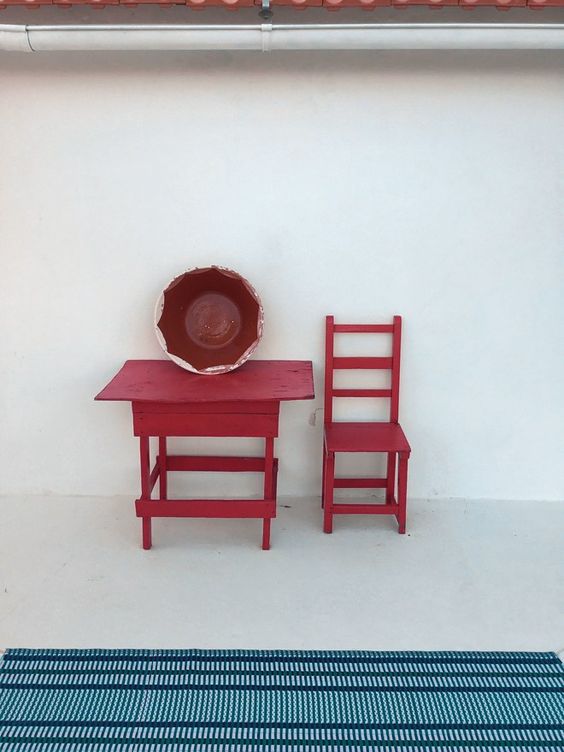 Chez Marina Espirito Santo. Comporta Bliss by Carlos Souza and Charles Shorto – Assouline (via Vogue)
Chez Marina Espirito Santo. Comporta Bliss by Carlos Souza and Charles Shorto – Assouline (via Vogue)
One hour south from Lisbon, between the municipalities of Alcácer, do Sal and Grândola, you come across a breathtaking landscape. 7.5 miles of white sandy beaches and crystalline sea within a 37 miles coastline, surrounded by the dunes and pine trees and irrigated by immense verdant rice paddies.
But why a wonderful place like this has remained so well preserved? Well, until not so long, most part of the land belonged to a single estate, the Herdade de Comporta. It was owned and protected by the Espirito Santo family, one of Portugal’s oldest and most influential banking families. They only allowed a few houses to be built, always following high design standards.
In 2014, the estate in Comporta passed predominantly to the hands of the bail-out banks, opening up the area for the first time. Since then, the main goal for the Herdade de Comporta is to develop a high-quality tourist destination and to become a model for sustainable development in Europe, while still operating as an agricultural estate and preserving its environmental and cultural heritage.
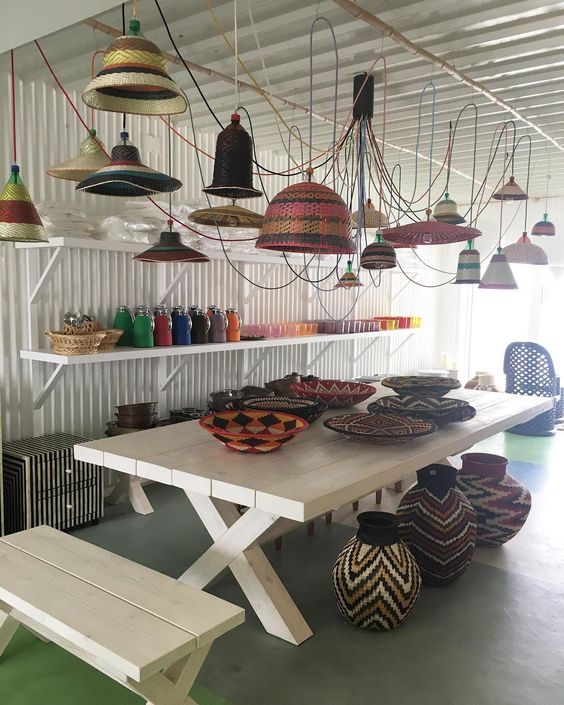 Stork Club, Jacques Grange & Pierre Passebon flagship store in Setubal, Comporta.
Stork Club, Jacques Grange & Pierre Passebon flagship store in Setubal, Comporta.
Jacques Grange’s compound in Comporta is a collection of houses that are enjoyed by himself and friends. A series of rough-hewn cabanas cradled in a valley of dunes in the Alentejo region with landscape design by Louis Benech.
Grange discovered Comporta more than 30 years ago thanks to his friend Vera Iachia, a member of the Espirito Santo family, who owned the land the cabanas are on. The family had donated much of the land to form a nature preserve, where new construction was forbidden. But Grange managed to persuade the matriarch of the family to sell him a parcel of the land.
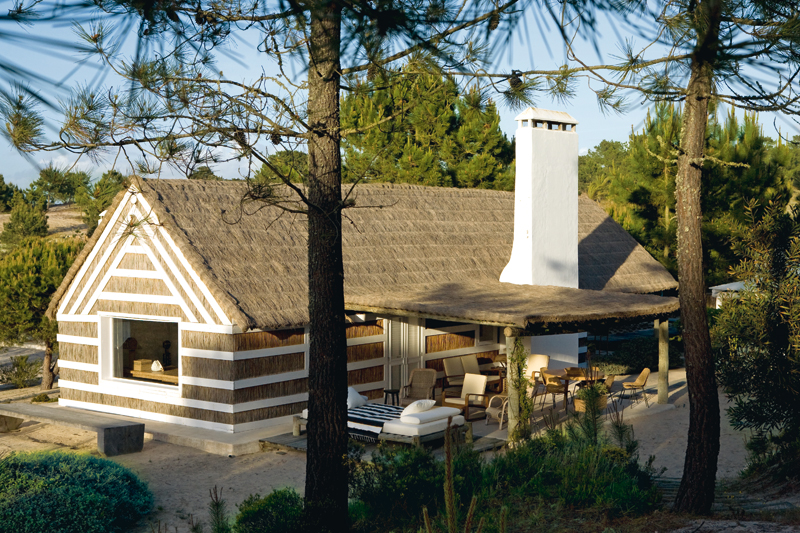
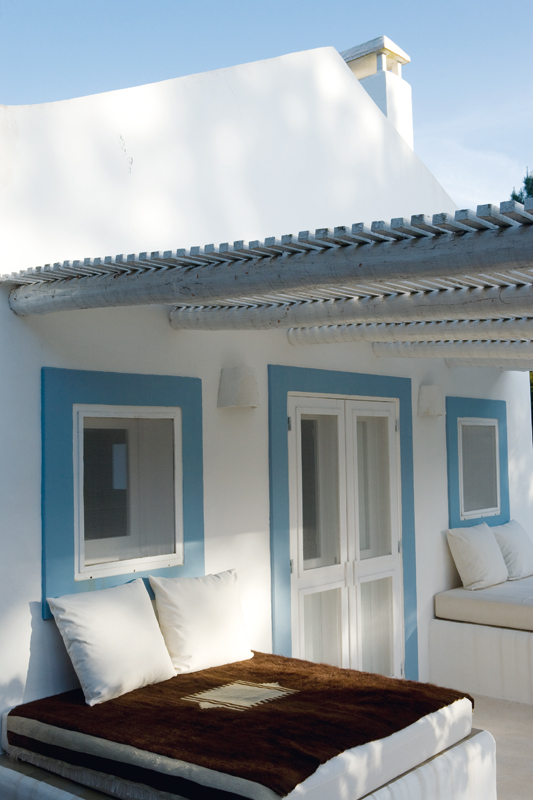
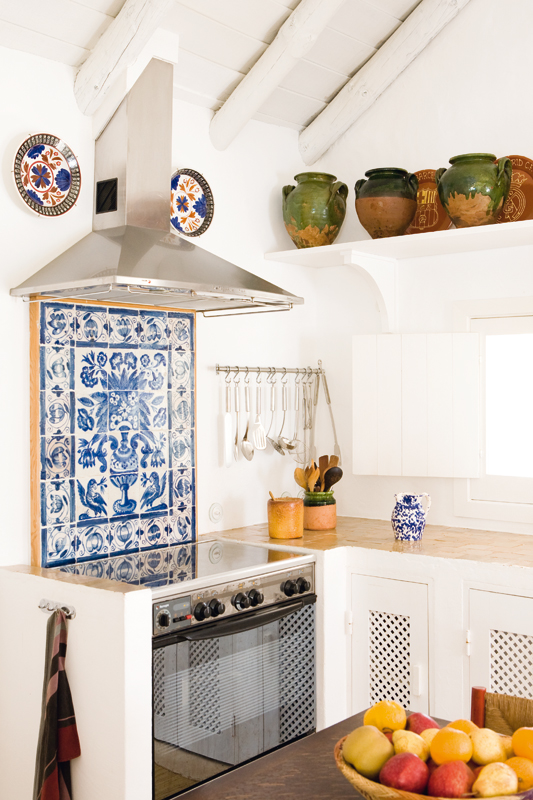 Marie Claire Maison Italy
Marie Claire Maison Italy
“It’s very funny to live in a straw house It’s chic rustique,” Grange says.
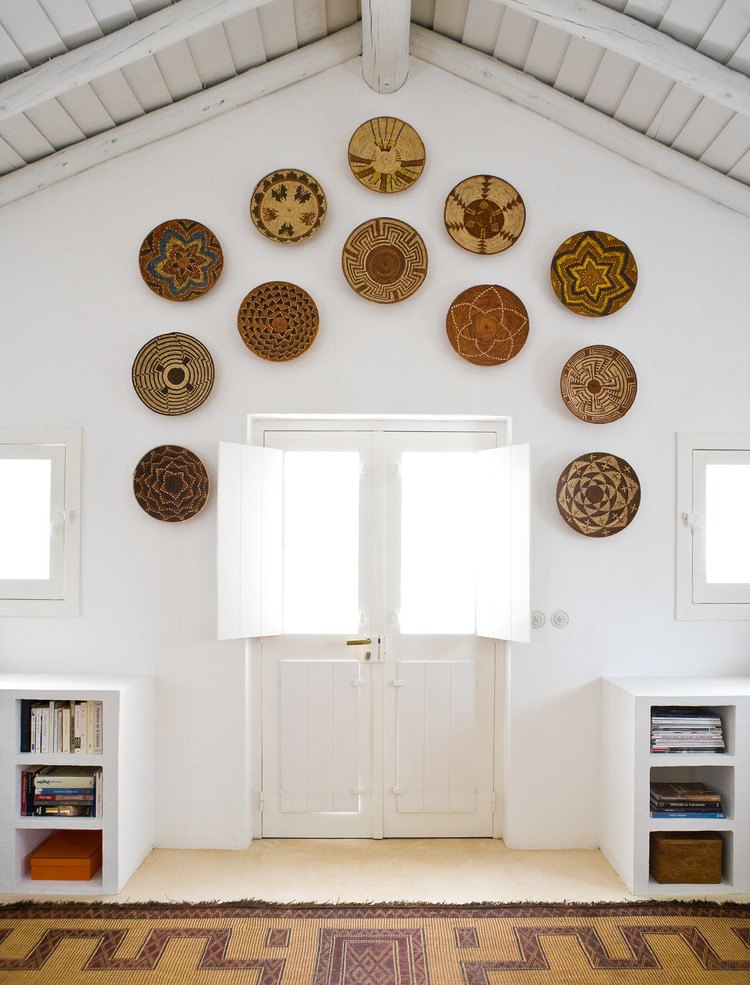
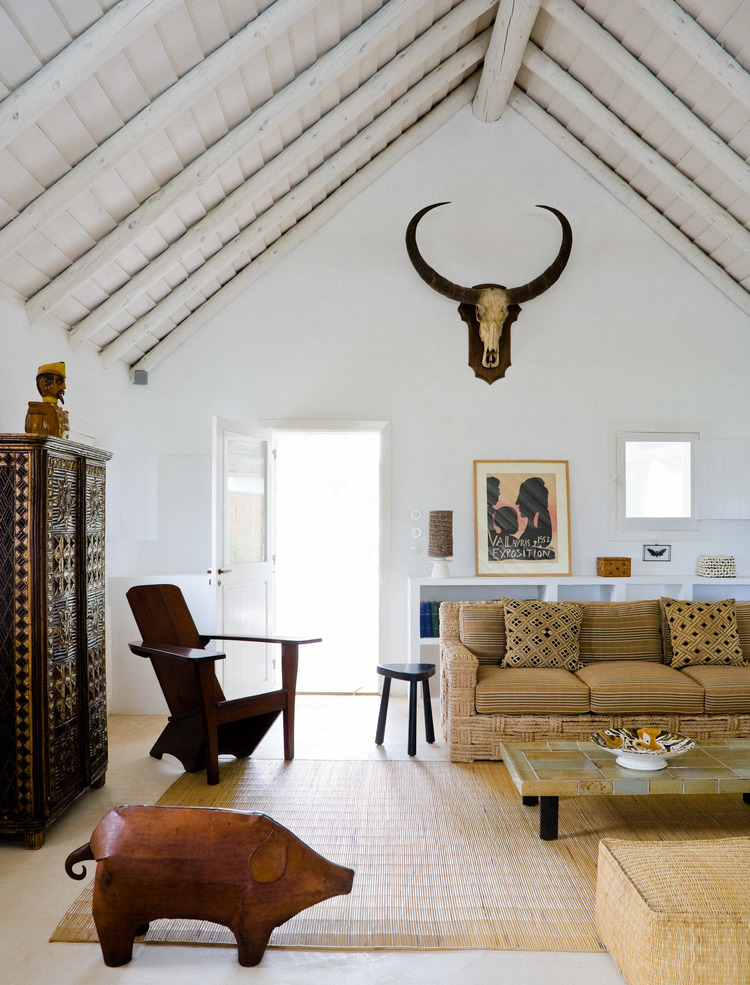
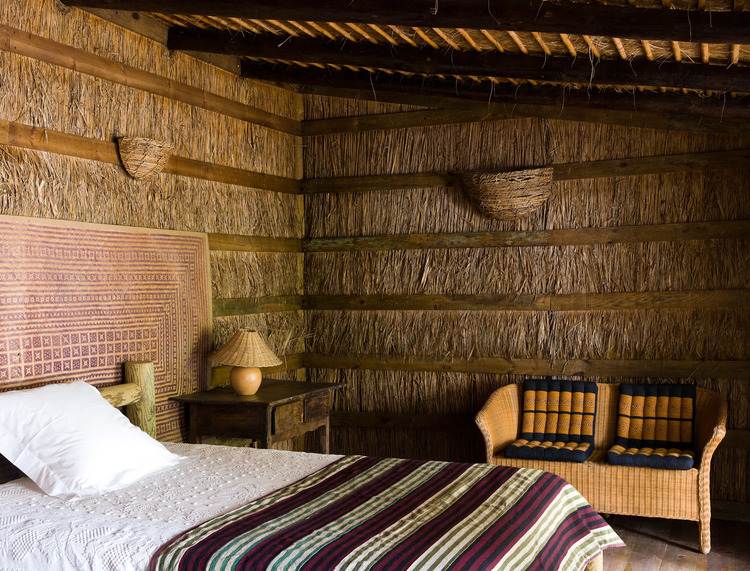 AD Magazine. Jérôme Galland photography
AD Magazine. Jérôme Galland photography
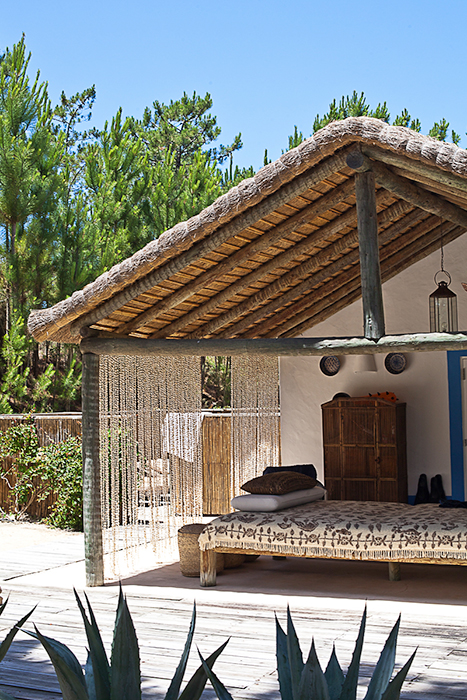
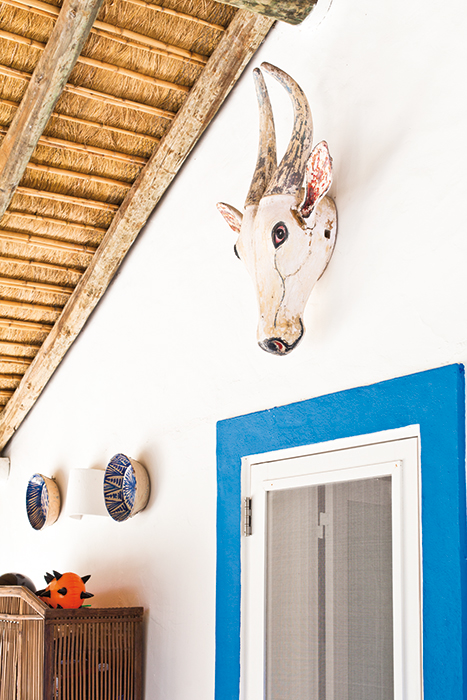
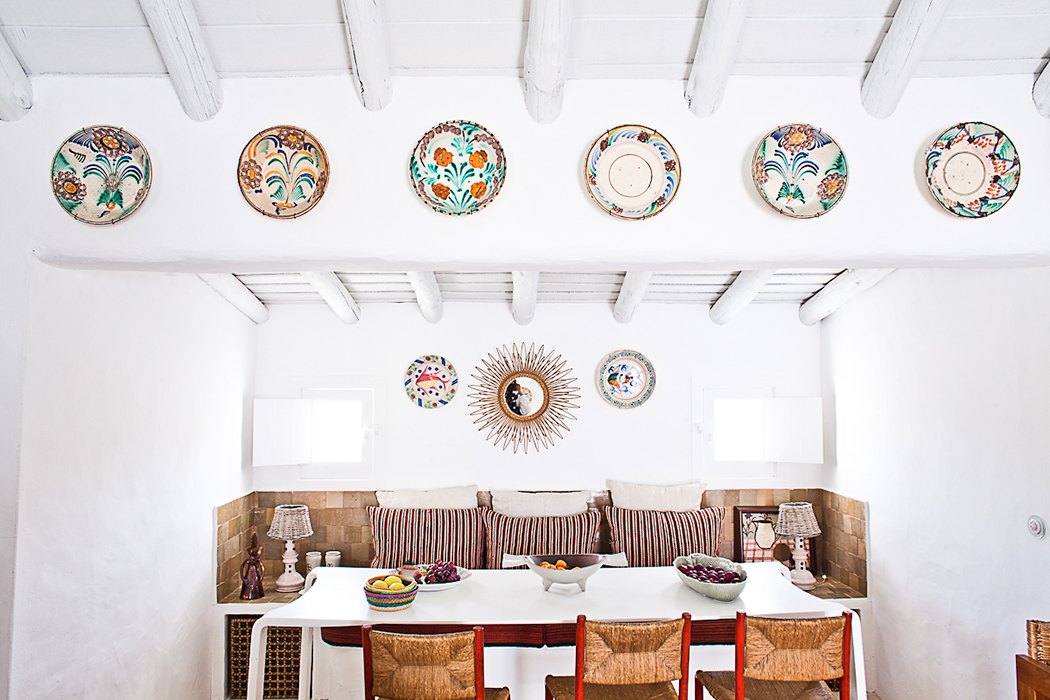
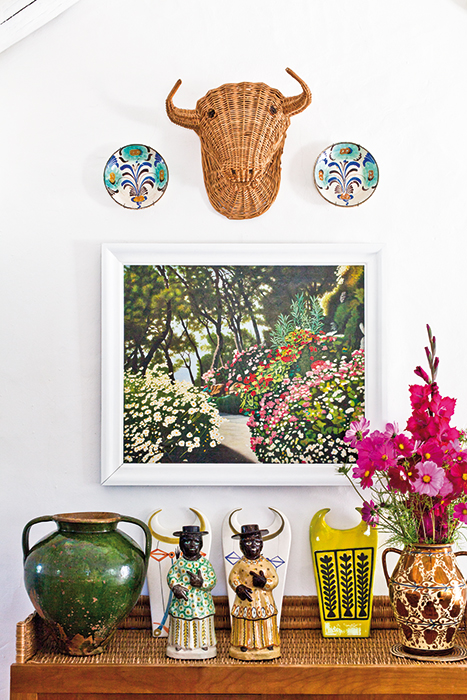
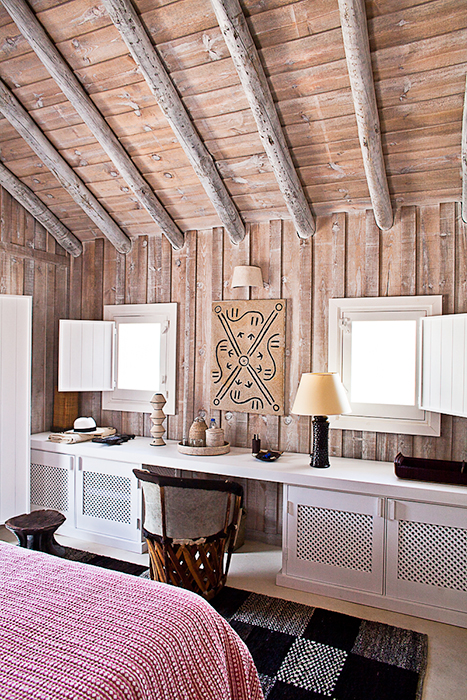 L’Officiel. Young-Ah Kim photography
L’Officiel. Young-Ah Kim photography
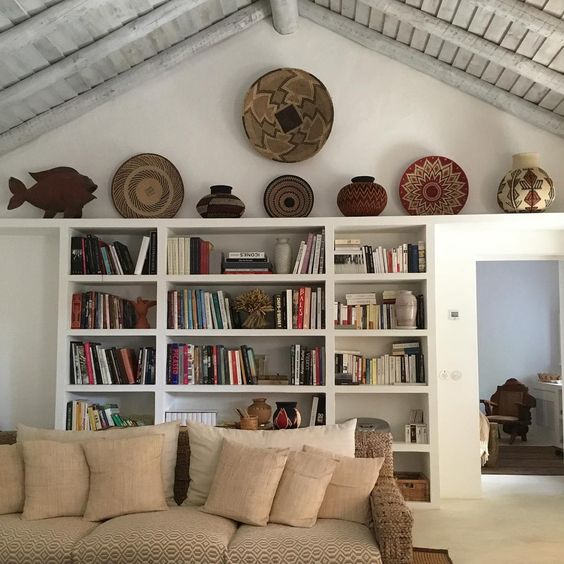
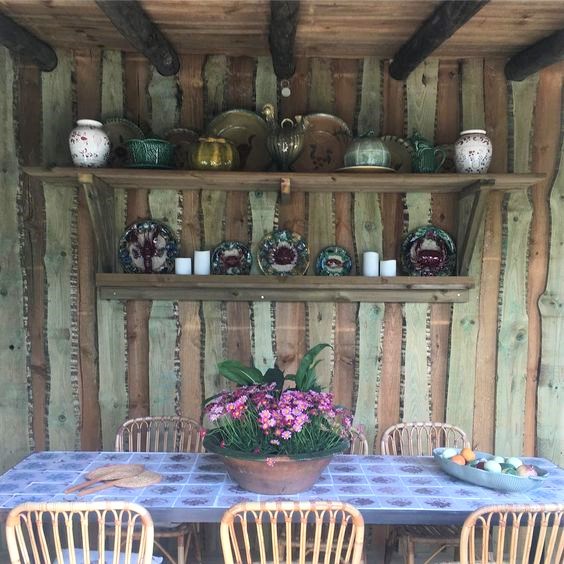
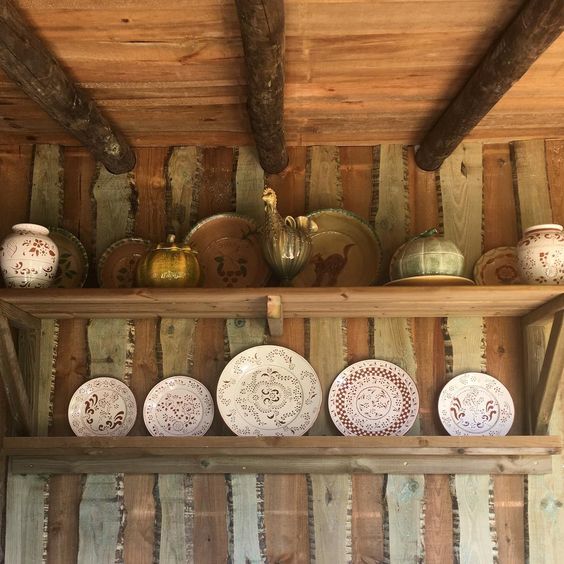 ‘Casa Françoise’ Françoise Dumas home in Comporta by Jacques Grange
‘Casa Françoise’ Françoise Dumas home in Comporta by Jacques Grange
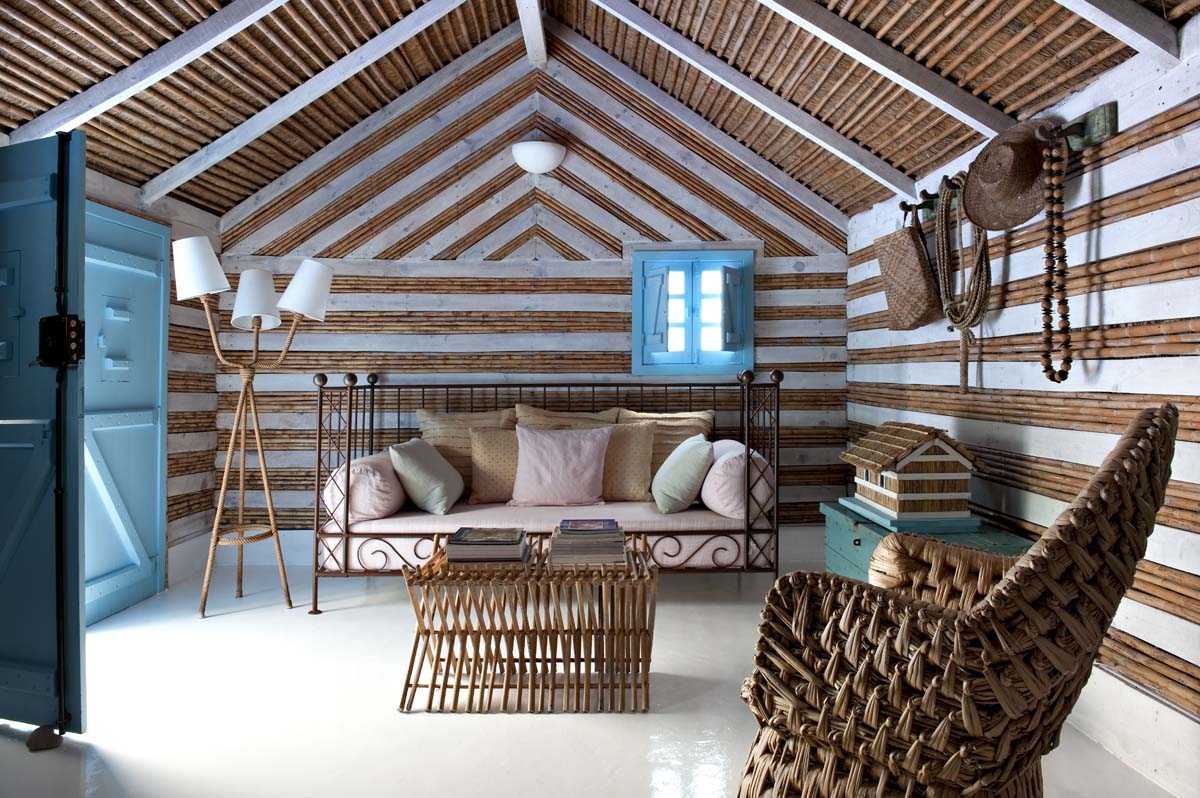
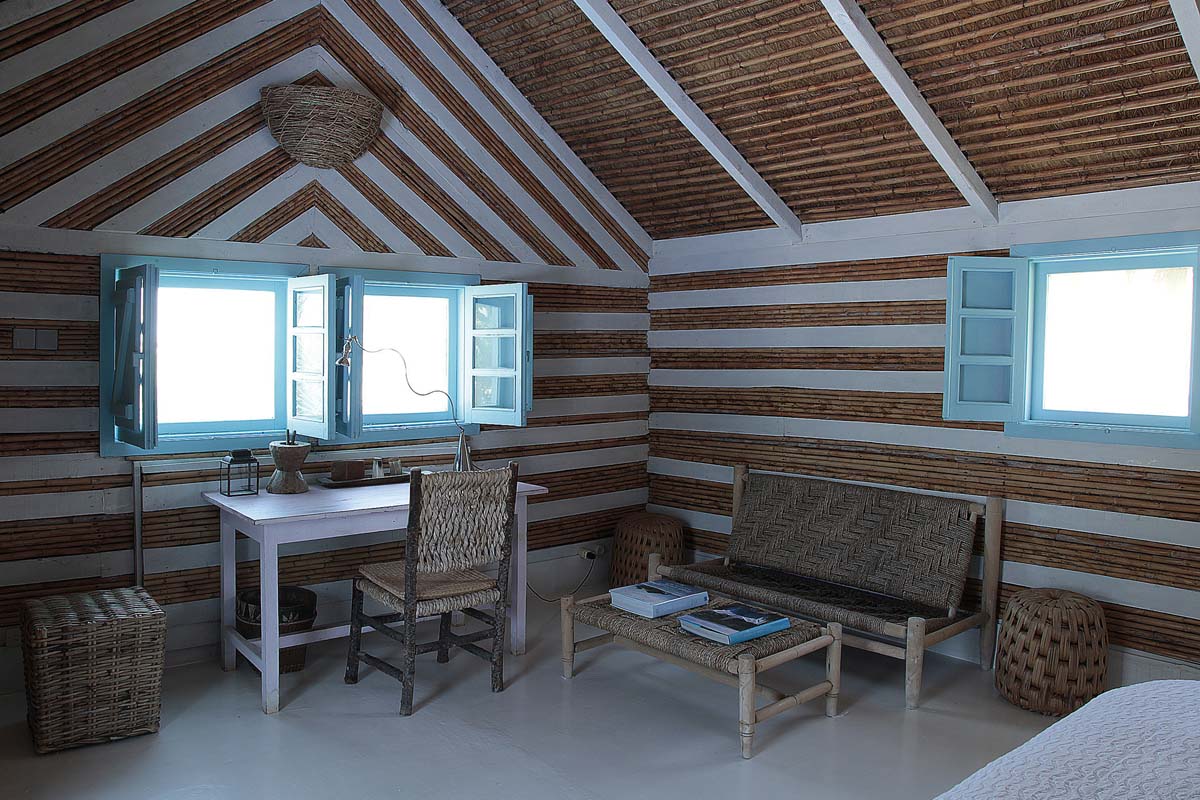
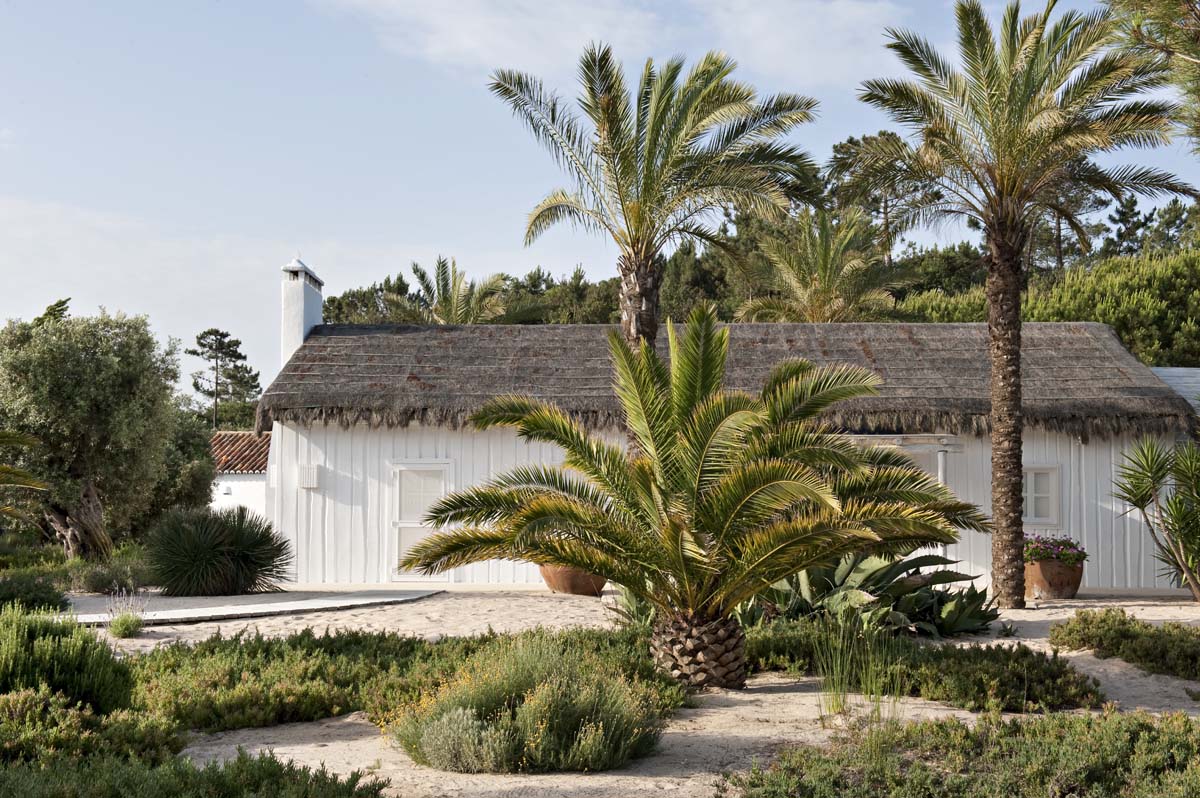
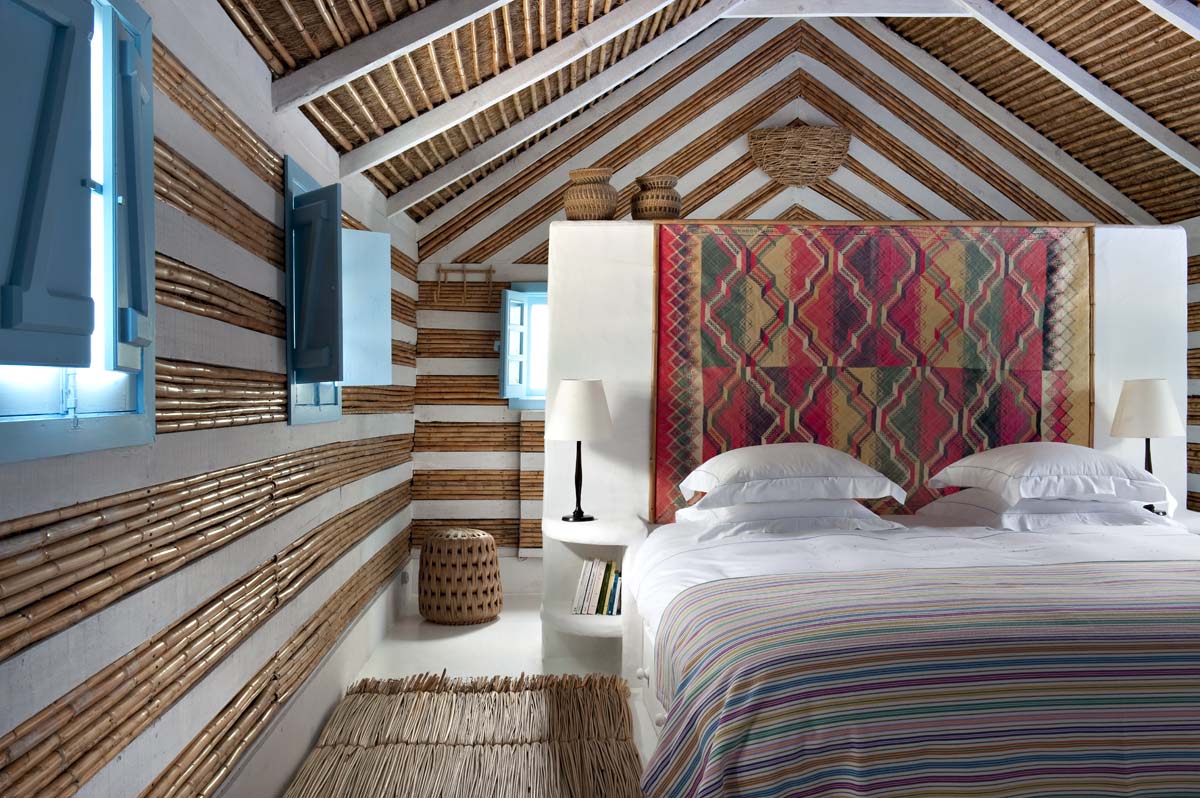
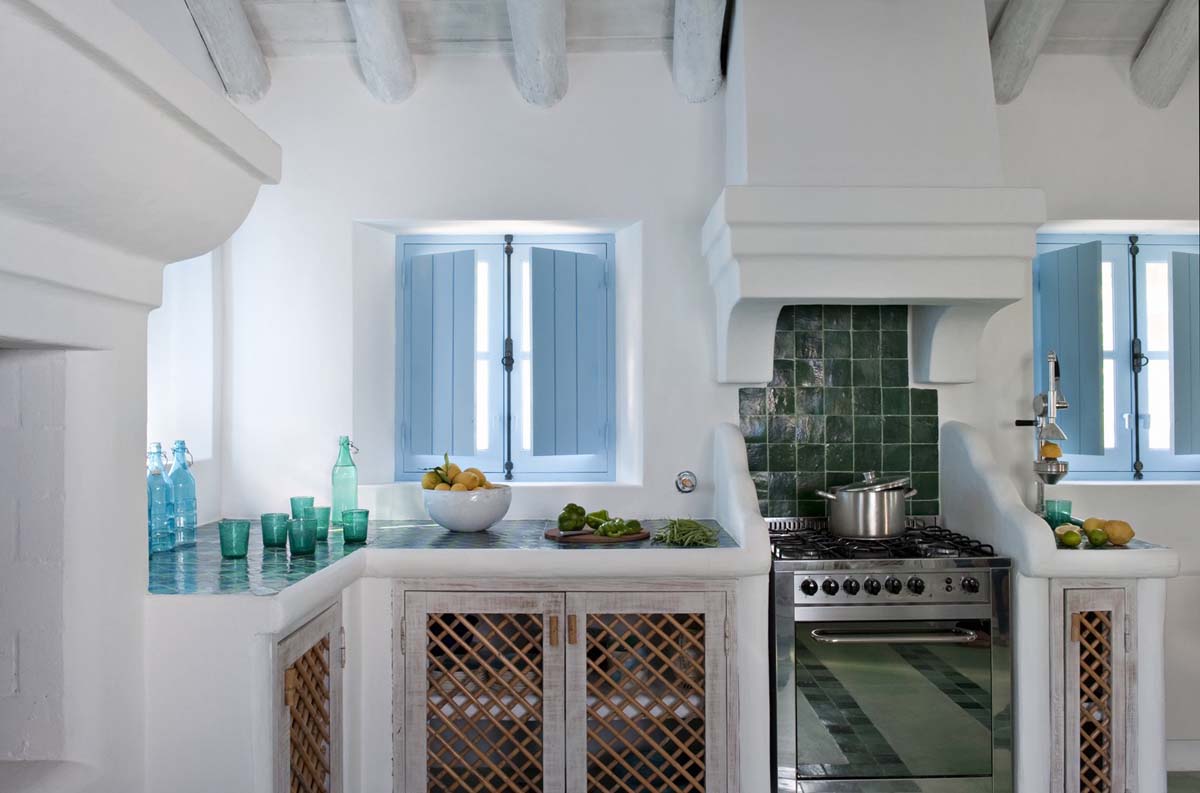
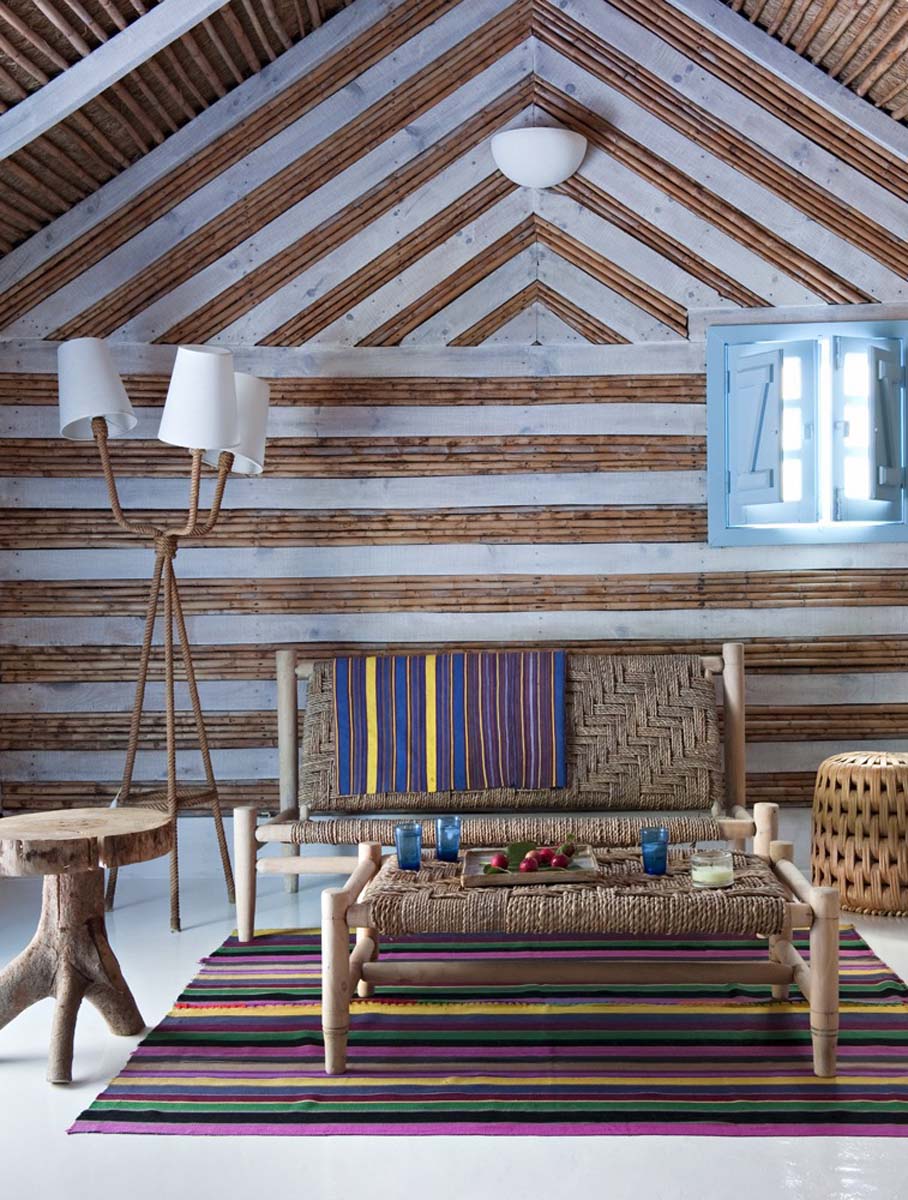
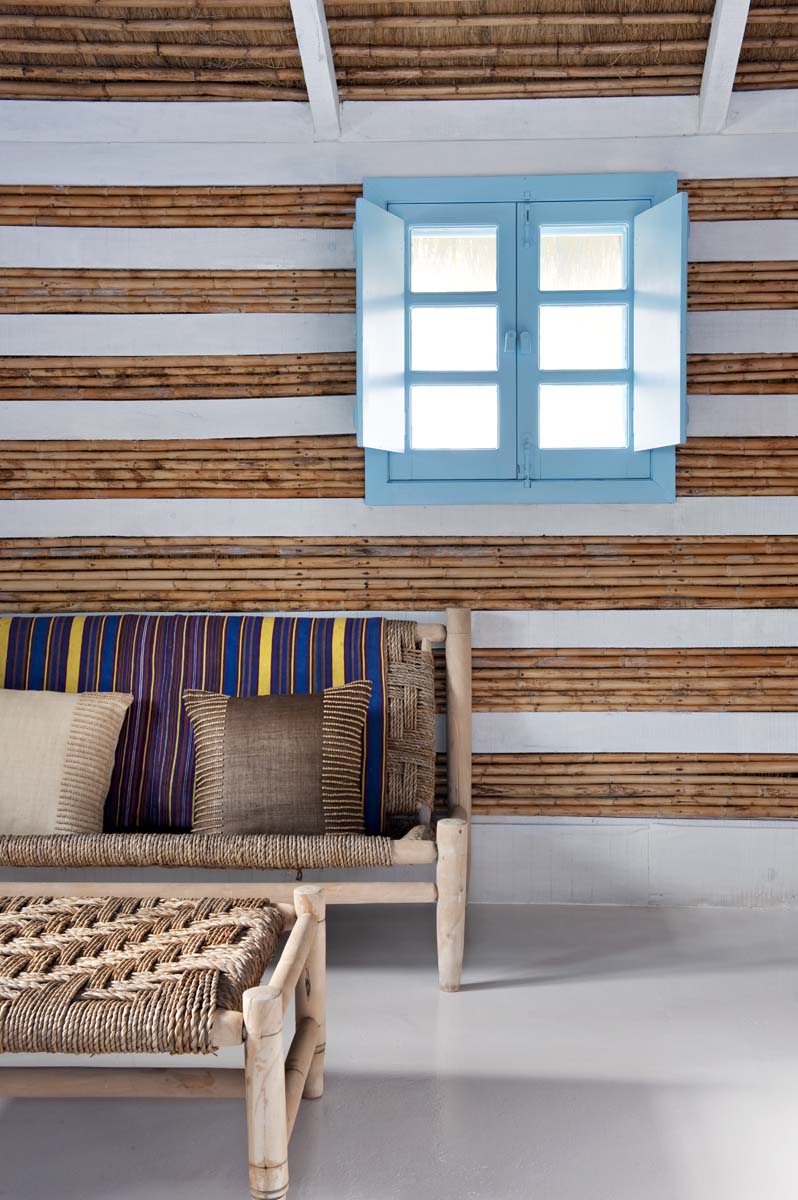
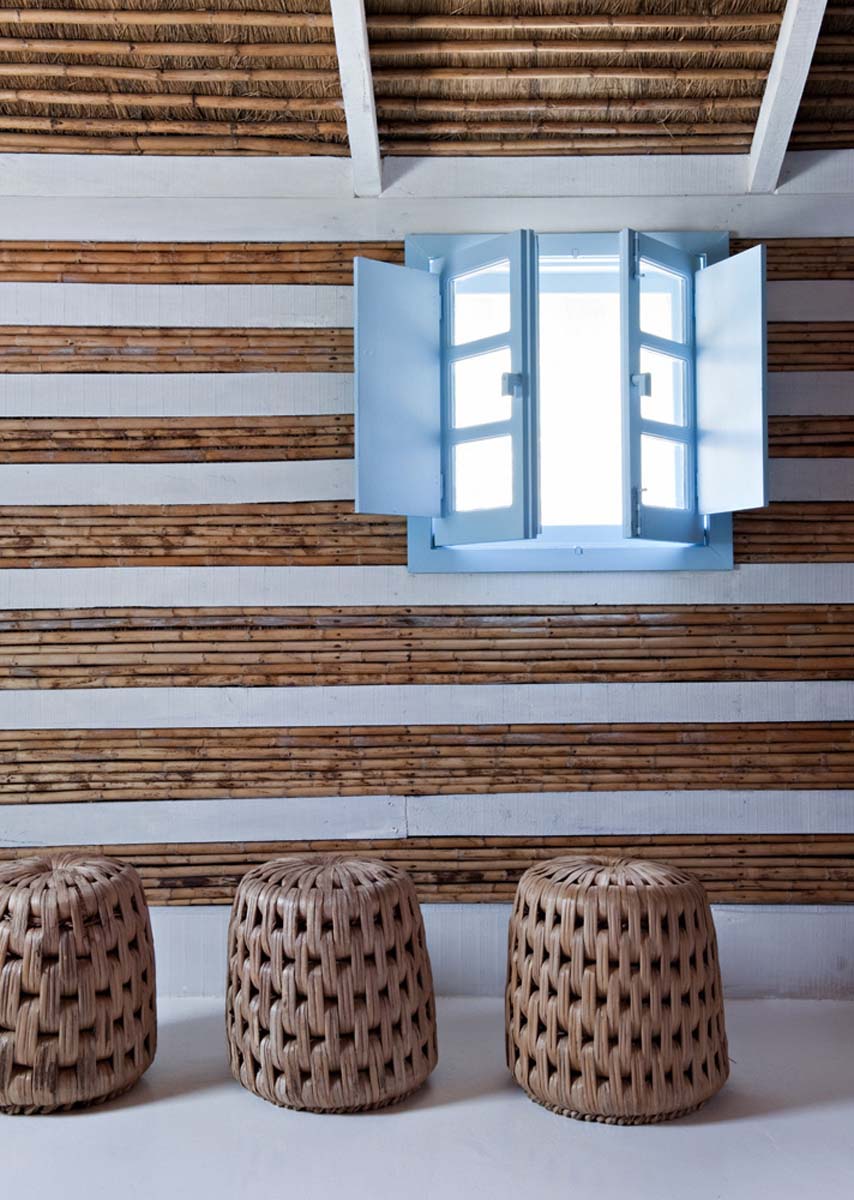
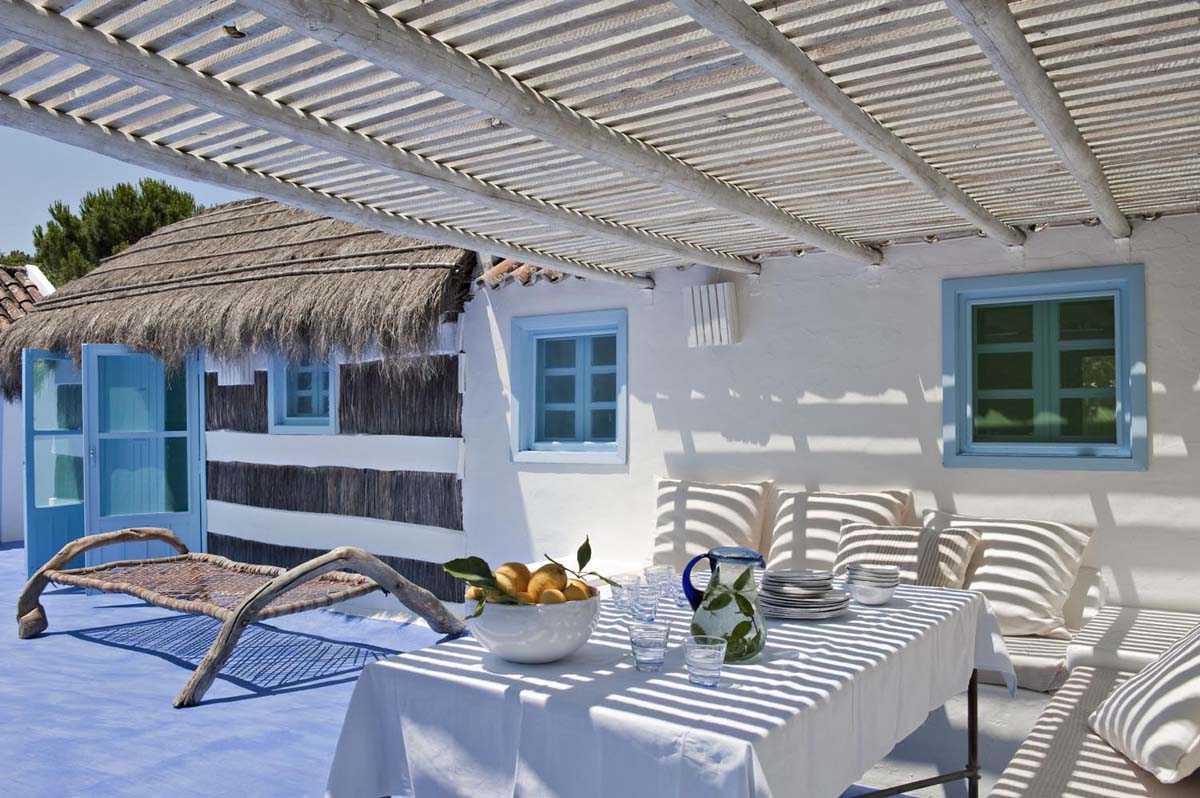
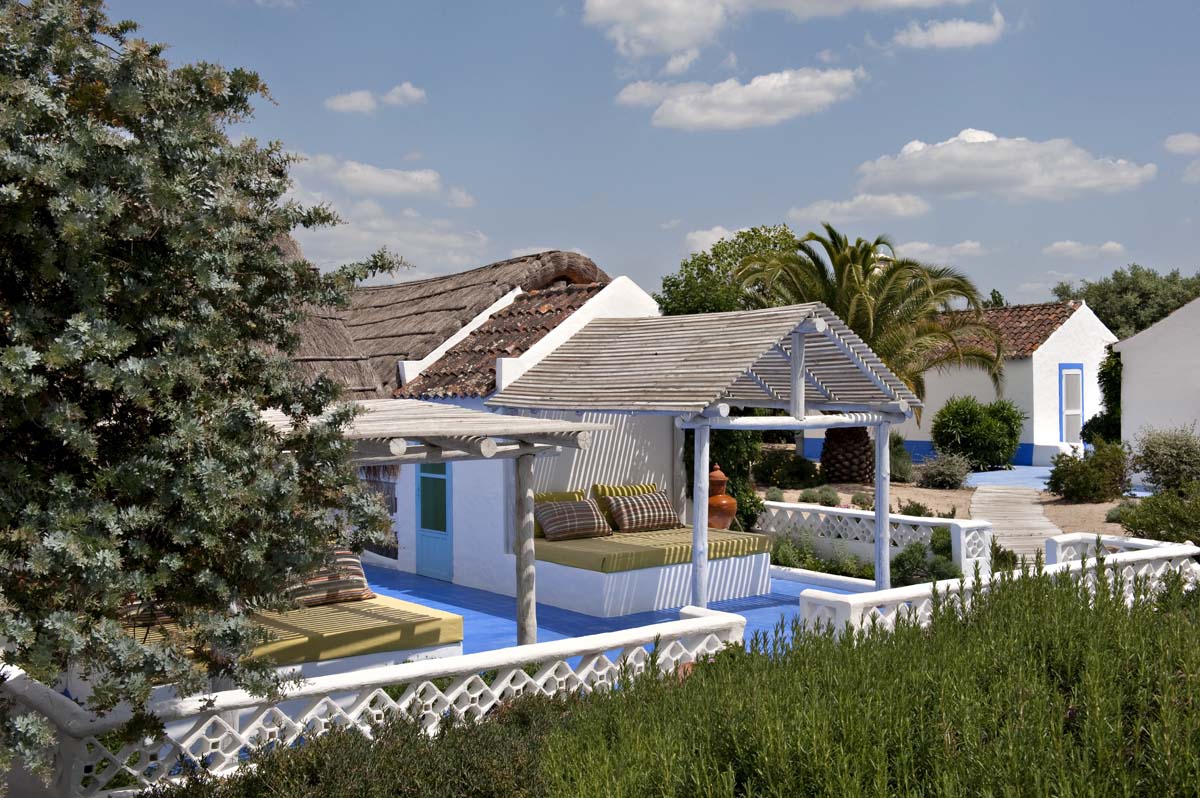 A Cabana in Comporta by Vera Iachia. She is most renown for the “Comporta Lifestyle,” for which she was the originator, with interiors, architecture and product design that marry a traditional Portuguese fisherman’s vernacular with her seamless signature contemporary aesthetic. She works extensively with materials of the region and with the local craft and artisans who skillfully interpret her ideas. Photography: Nicolas Matheus + Guido Taroni
A Cabana in Comporta by Vera Iachia. She is most renown for the “Comporta Lifestyle,” for which she was the originator, with interiors, architecture and product design that marry a traditional Portuguese fisherman’s vernacular with her seamless signature contemporary aesthetic. She works extensively with materials of the region and with the local craft and artisans who skillfully interpret her ideas. Photography: Nicolas Matheus + Guido Taroni
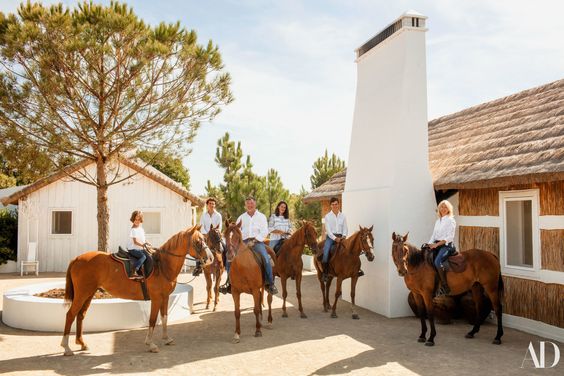
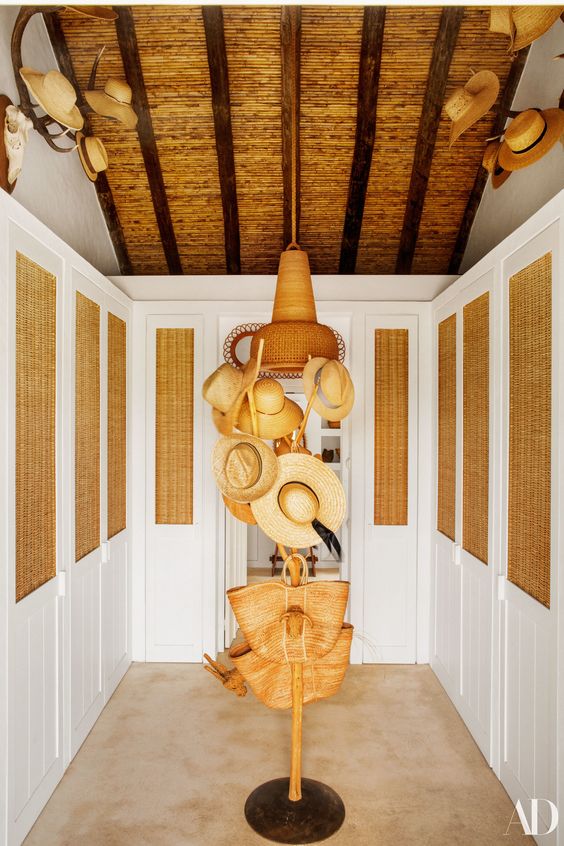
Parisian antiquaire Patrick Perrin and his family compound in Comporta. Architectural Digest


Lovely post, Gloria±!
xx Liz